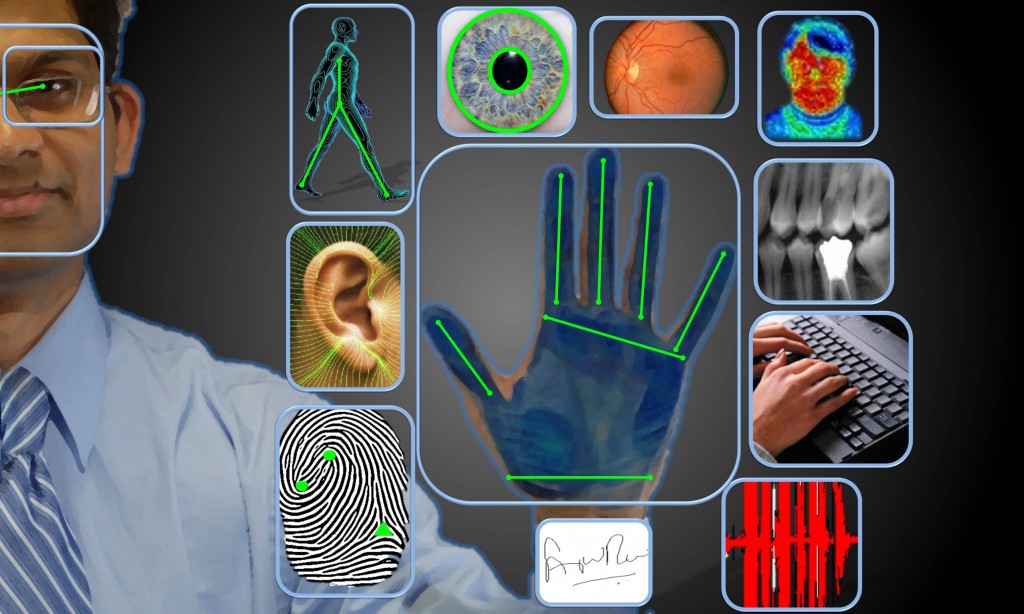
Although Canada has had a Canadian Biometrics Program since 2013, the program will be expanding starting on July 31, 2018. The goal of expanding the program is to make legitimate travel to Canada easier while protecting national security, preventing identity fraud and increasing information sharing with the “Migration 5 Partners”. Canada, the United States, Australia, New Zealand and the United Kingdom are the countries included within the “Migration 5 Partners”.
Canada Uses Biometrics In Visa Program
Biometrics are digital fingerprints and photographs that are taken to go with a Canadian temporary resident permit, also called a visitor visa.
If you are from a certain visa-required country and come to Canada on a visitor visa, study visa or work permit, you will be required to submit these biometric data for your visa. This information is used by the Canada Border Services Agency to verify your identity as well as ensure you are admissible to Canada.
Canadian Biometric data are used to reduce fraud and ensure that someone is who they say they are. They will also be used to help strengthen the integrity of Canada’s immigration system by preventing people who have previously been deported, failed refugee claimants or known criminals from entering Canada under a new name or by using fraudulent documents.
Canadian Biometrics for Immigration and Visas
Many other countries currently use biometrics in their immigration and border management efforts. Some of these countries include Malaysia, Indonesia, United Arab Emirates, South Korea, Japan, many European Countries, the united States, the United Kingdom, Australia and New Zealand.
“Personal information of applicants will be used, retained, shared and disposed of in accordance with Canada’s privacy legislation,” says the press release from Citizenship and Immigration Canada. “CIC and its partners are working closely with the Office of the Privacy Commissioner to ensure robust privacy protection for biometric data. Technological safeguards will ensure that client information is collected, stored and transmitted securely.
Big Brother Watching in Immigration Canadian Biometrics
This is all kinds of scary, but the trend is in biometrics in almost every security industry. Let’s hope there is not too much abuse. I say too much because let’s be realistic. There will be abuse but that is why we have the rule of law and the courts. With every new technology there becomes a new area of law that, in democratic societies, are designed to protect the public.

What Kind of Changes Will Happen to the Biometrics Program?
As of July 31, 2018 visitors and newcomers will be required to provide biometrics to travel to Canada. Everyone who applies for the following visas will be required to provide fingerprints and a photo of their face as part of the application process:
- a visitor visa
- a work or study permit
- permanent residence
- refugee or asylum status
Upon arrival in Canada, an applicant’s biometric information will be used by the Canada Border Service Agency (“CBSA”) to confirm the individual’s identity. Fingerprint verification will be possible at 19 Canadian airports and 38 ports of entry (“POE”).
The cost of biometric collection will be C$85 per applicant, or a maximum of C$170 per family. Biometric information will be valid for a 10-year period.
There are some exemptions from the requirement to provide biometric information:
- Canadian citizens, citizenship applicants (including passport applicants), and existing permanent residents;
- Visa-exempt nationals coming to Canada as tourists who hold a valid Electronic Travel Authorization (“eTA”);
- Children under 14 years of age;
- Applicants over 79 years of age (excluding asylum claimants);
- Heads of state and heads of government;
- Cabinet ministers and accredited diplomats of other countries and the United Nations coming to Canada on official business;
- U.S. visa holders transiting through Canada;
- Refugee claimants or protected persons who have already provided biometric information and are applying for a study permit or work permit; and
- Temporary resident applicants who have already provided biometric information in support of a permanent resident application that is still in progress.
Questions about Biometrics?
Do you have questions about these changes to Canada’s immigration system? Contact us, we can answer them!





